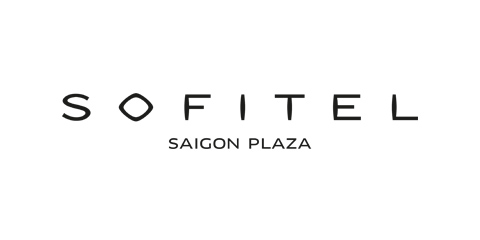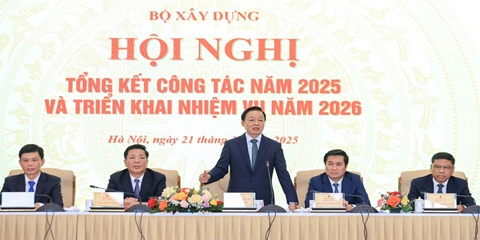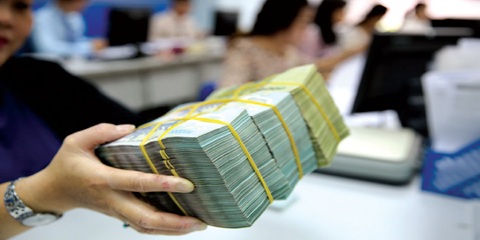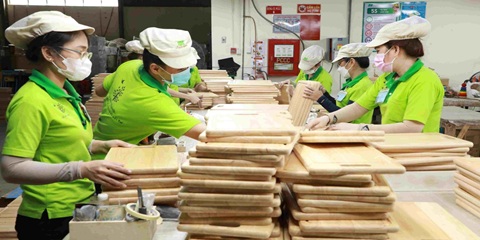Want to be in the loop?
subscribe to
our notification
Business News
LIKELY PROPERTY MEGATRENDS IN 2019
Vietnam’s real estate still grew within an acceptable level in 2018, according to industry insiders. Nearly 50% of property businesses believed that the real estate market fared slightly better than in 2017. So, how will the market perform in 2019?
Three remarkable trends
According to industry insiders, the growth of the real estate industry will be driven by three key trends.
First, the development of green real estate. A lot of green standards are being used, including Edge (from the World Bank's International Finance Corporation - IFC), Green Mark (Singapore), Leed (USA) and Lotus, but very few projects are certified “green”" in Vietnam. Less than 3% of constructions in Vietnam met Leed certification in 2017, compared with 37% in Singapore. This reality is attributed to the higher investment value for green buildings, ranging from design, construction and material to completion and operation. Moreover, climate change and living environment also significantly affect “green” standards applied to projects. Nonetheless, with higher demands and rising spending for secure, comfortable and smarter living space of customers, it is certain that green property will become a megatrend in the coming time.
Second, industrial property growth as result of foreign investment shift to Vietnam in recent years. Vietnam is strategically located in Asia. It shares the land border with China and has many large seaports connected to industrial zones. This is considered a very good investment opportunity for industrial park investors, especially in the north, when the leasing demand from large technology corporations such as Samsung and LG is rising very fast.
Third, vacation property growth potential remains despite cooling down. The latest report by BCG shows that Vietnam earned US$8.3 billion from international visitors in 2017, lower than US$12.6 billion in Indonesia, US$18.4 billion in Singapore and US$52.5 billion in Thailand, not because arrivals in Vietnam were fewer, but their spending was less in Vietnam. Indeed, the development of high-class resorts, entertainment and recreational services and shopping services is not really compatible with Vietnam's tourism potential. Thus, investors can continue to research and develop shophouses and condotels in a modern, friendlier way for customers.
According to CIA World Factbook 2017, Vietnam’s urbanization rate was estimated at only 35% but its urbanization speed was among fastest in Southeast Asia, standing at 2.6% a year. Besides, the increase of foreign workers and engineers in Vietnam is expected to boost housing development in big cities. In fact, the current supply is relatively abundant in all segments: high-end, mid-sector and entry. Therefore, residential property is forecasted to continue to hold potential with little change in 2019.
Impact policy and amendment recommendations
According to a survey into real estate enterprises on policy impact assessment conducted by Vietnam Report Joint Stock Company, 21.7% of respondents said, Circular 19/2017/TT-NHNN is negatively impacting their business. However, property credit crunch will encourage enterprises to mobilize capital via bond and stock issuance or cooperation with strategic partners instead of borrowing from banks, thus reducing their repayment liabilities.
To best support sustainable real estate growth, we recommend three main groups of solutions:
First, active economic development strategy and urban development strategy. Urban development and real estate development strategy is considered a part of socioeconomic development strategy. .
Second, consistent in carrying out plans, unifying socioeconomic development plan with urban development plan and land use plan.
Source: VCCI
Related News

A STELLAR CHRISTMAS AT SOFITEL SAIGON PLAZA
Experience the magic of year-end celebrations in five-star luxury, where Parisian elegance meets Saigon’s festive vibrancy. Discover your Stellar Christmas moments: https://sofitel-saigon-plaza.com/festive-offer-2025

CONSTRUCTION SECTOR POSTS OVER 9% GROWTH IN 2025
Industries under the ministry’s management accounted for an estimated 17.23% of national gross domestic product (GDP), up about 0.17 percentage point from 2024. They contributed around 1.96 percentage points to overall GDP growth, reported the Vietnam News Agency. The contribution helped push Vietnam’s economic growth to above 8% in 2025 and supports the Government’s aim of pursuing double-digit growth in the coming years.

VIETNAM PUTS PUBLIC INVESTMENT DISBURSEMENTS AT VND603.6 TRILLION
Vietnam’s public investment disbursements had amounted to VND603.6 trillion in the year to December 18, equivalent to 66.1% of the plan assigned by the prime minister. According to the Ministry of Finance, actual disbursements by December 11 had totaled VND577.7 trillion, or 63.3% of the prime minister-approved plan of VND913.2 trillion, the Vietnam News Agency reported.

SHINE INTO 2026 AT HOIANA RESORT & GOLF!
This New Year’s Eve, celebrate where the sea meets the sky. Vibrant performances, festive dining, DJ beats, live bands and dazzling fireworks come together for one unforgettable night. From beachfront countdown moments to curated New Year’s Eve dinners across Hoiana, every detail is designed to welcome 2026 in style.

VIETNAM’S TRADE SET TO SURPASS US$900 BILLION FOR FIRST TIME
Vietnam’s total import-export turnover is expected to reach about US$920 billion by the end of the year, marking the first time the country’s trade value has exceeded the US$900-billion mark. As of December 15, Vietnam’s total trade turnover stood at US$883.7 billion, according to the Agency of Foreign Trade under the Ministry of Industry and Trade.

GLOBAL SOURCING FAIR VIETNAM 2026 – THE TRULY GLOBAL B2B SOURCING SHOW IN VIETNAM TO EXPAND & DIVERSIFY YOUR EXPORT MARKETS WORLDWIDE
The 4th edition of Global Sourcing Fair Vietnam returns in 2026 with an impressive scale, featuring 700 booths showcasing Fashion & Accessories, Home & Gifts, and the newly introduced Printing & Packaging Products from 500+ verified suppliers across Vietnam and Asia – including Mainland China, Taiwan, Hong Kong SAR, South Korea, India, Bangladesh, ASEAN, and more.
























